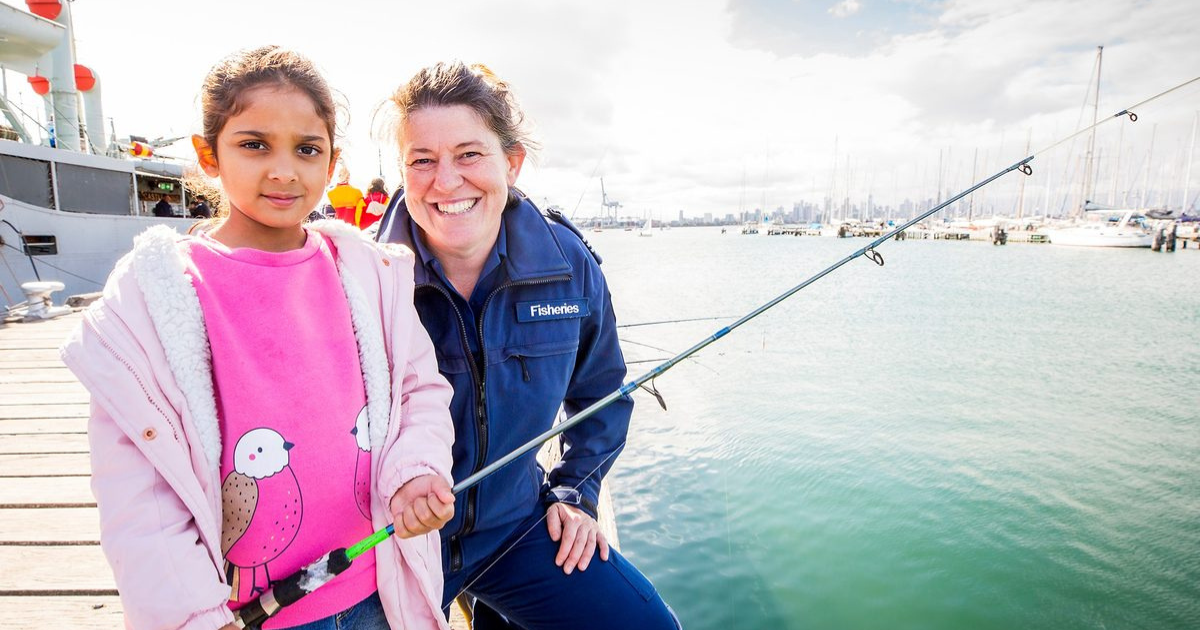Minimal intervention plan for Narrows erosion

A DELWP report has recommended a minimal intervention approach to dealing with erosion of The Narrows dog beach. Photo: BOROUGH OF QUEENSCLIFFE
A COASTAL Adaptation Plan looking at how best to address The Narrows erosion hotspot on the Bellarine has steered clear of opting for major infrastructure intervention in the short and medium term.
The Department of Environment, Land, Water and Planning (DELWP) has been canvasing options on how to manage scouring of the sand dune escarpment along a 300m stretch of the dog beach between Point Lonsdale and Queenscliff and had raised the possibility of installing groynes, revetments and offshore breakwaters.
Options including sand nourishment, repairs to sea walls and temporary rock bag protections were also presented but most received mixed reviews from the community that expressed concerns over loss of amenity and the likelihood that scouring issues would be shifted elsewhere.
Commissioned by DELWP to draw up a plan on the issue, engineering and consulting firm BMT’s report recommended a “Minimal Intervention” approach of extending sand fencing to reduce access to the dune face and signage advising of dangers from climbing on it.
Further measures include extending the access to prevent the end being exposed during low sand levels and relocating sections of the Lovers Walk footpath when necessary, sections of which have already been moved further inland due to erosion.
“This approach will maintain the wide beach and natural character valued by beach users, and this was the most favoured option during community consultation, supported by the majority of respondents,” the report stated.
In opting against more serious intervention measure, BMT said the $5 million plus cost of groynes, revetments and offshore breakwaters would be “very expensive and would cause terminal scour further along the beach to the east” towards Queenscliff.
Dune management was assessed as “not effective” and beach nourishment was similarly ruled out as it would need to be repeated annually and no suitable sources of sand were identified nearby.
“The position of the erosion escarpment in the dune should be monitored at least once per year to identify trigger points for the relocation of Lovers Walk and, in the longer term, trigger points for reassessing the pathway and potentially implementing one of the protect adaptation options,” the report said.
“If erosion progresses at the worst-case rate (it may be slower), then the ‘minimal intervention’ option will no longer be effective sometime after 2070 when assets are at risk from shoreline recession.
“At this point a decision will need to be made to implement one of the ‘protect’ options i.e. groynes, revetments or some other measure not yet considered.”

















